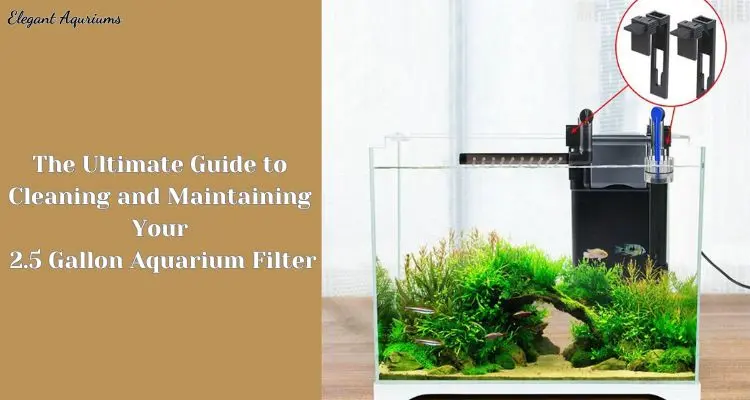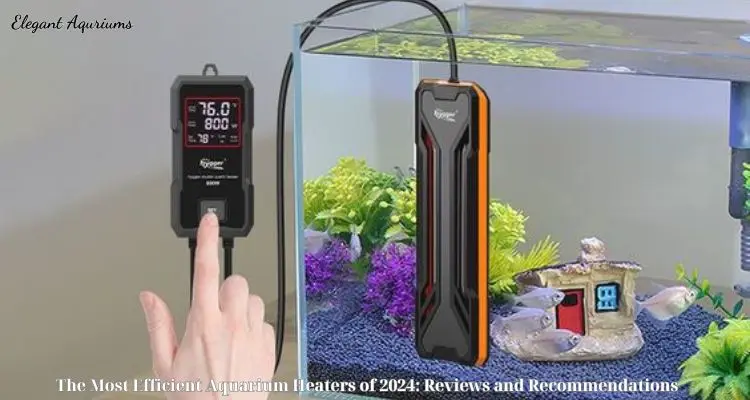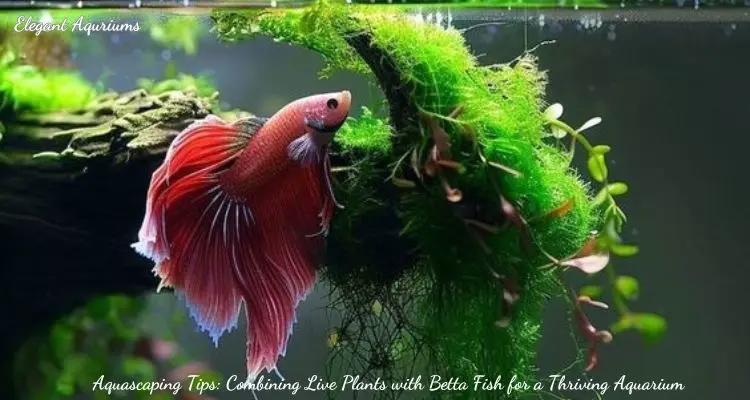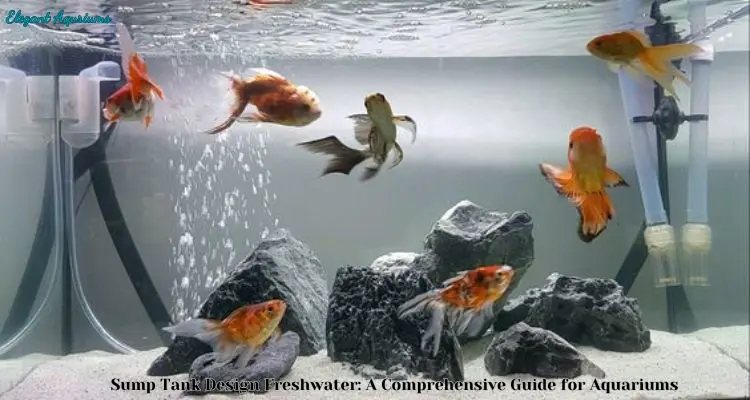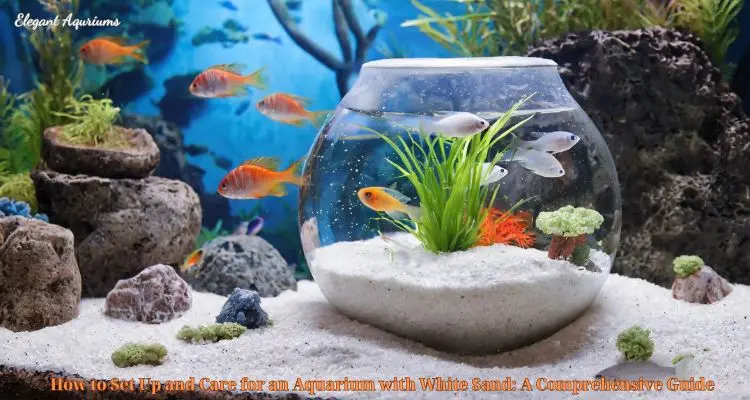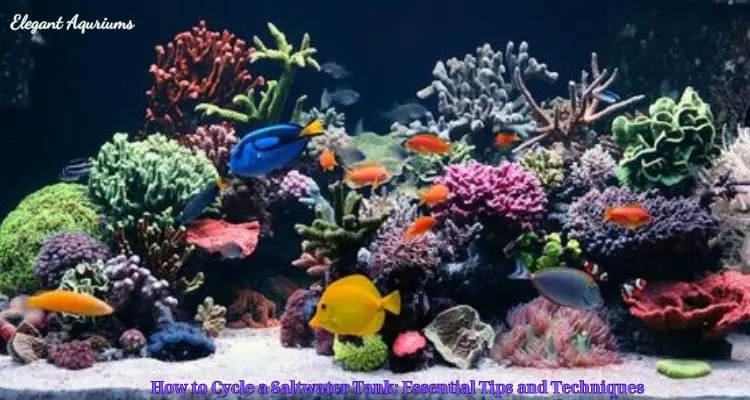Aquarium accessories and decorations
2.5 Gallon Aquarium Filter: The Ultimate Guide to Cleaning and Maintenance
Maintaining a small aquarium, such as a 2.5-gallon tank, requires diligent care and attention, particularly when it comes to the 2.5 gallon aquarium filter. This filter is a crucial component that ensures the health of the aquatic environment by keeping the water clean and oxygenated. In a small tank, where water quality can fluctuate rapidly, effective filtration is essential. Elegant Aquriums will delve into the importance of maintaining a 2.5 gallon aquarium filter, step-by-step cleaning procedures, and practical tips to ensure that your filter operates optimally.
Understanding Your 2.5 Gallon Aquarium Filter
Types of Filters and Their Functions
Internal Filters: These filters are designed to fit inside the aquarium and are typically used in smaller tanks. They provide efficient mechanical and biological filtration. They are usually equipped with an adjustable flow rate, which allows you to control the water movement in the tank.
Hang-on-Back (HOB) Filters: These filters are mounted on the back of the aquarium and draw water through the filter media before returning it to the tank. HOB filters are popular due to their ease of installation and maintenance. They are effective at providing both mechanical and chemical filtration.
Sponge Filters: Sponge filters use a sponge as the primary filter media and are known for their simplicity and effectiveness in small tanks. They provide mechanical filtration and support biological filtration by hosting beneficial bacteria.
Canister Filters: Although not commonly used in such small tanks, canister filters are an option for high-tech setups. They offer advanced filtration with multiple stages and are typically used in larger aquariums.
Why Regular Maintenance is Essential
In a 2.5-gallon tank, maintaining a stable and clean environment is particularly challenging due to the limited water volume. Regular filter maintenance is crucial for several reasons:
- Control of Harmful Substances: Filters help manage ammonia, nitrites, and nitrates—harmful substances produced by fish waste, uneaten food, and decaying plant matter. Regular maintenance ensures these toxins are effectively broken down.
- Prevention of Algae Growth: Effective filtration helps prevent excess nutrient buildup, which can lead to unsightly and problematic algae blooms. Clean filters contribute to a balanced ecosystem by controlling nutrient levels.
- Oxygenation of Water: Proper filtration ensures that the water is well-oxygenated, which is essential for the health and vitality of fish and other aquatic organisms.
- Reduction of Odors: Regular cleaning prevents the accumulation of organic matter that can produce unpleasant odors, keeping your aquarium smelling fresh.
Cleaning Your 2.5 Gallon Aquarium Filter: A Detailed Guide
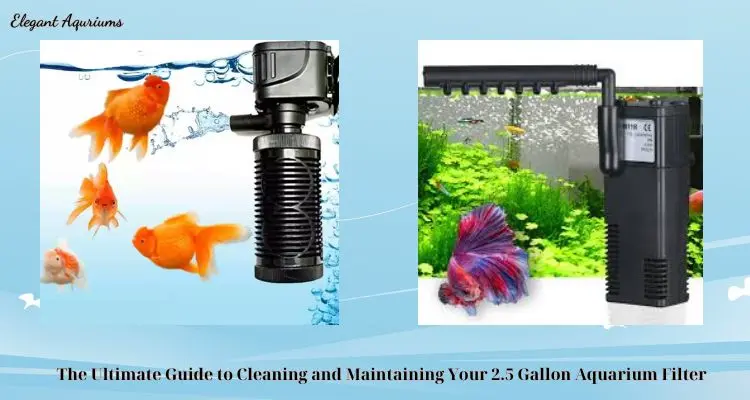
Tools and Supplies Needed
- Bucket or Container: For rinsing filter components.
- Aquarium-Safe Brush or Sponge: To scrub filter parts without damaging them.
- Clean Water (Dechlorinated): For rinsing and cleaning filter components.
- Filter Media Replacement (if necessary): To replace worn-out media.
- Towel or Cloth: For drying and wiping down filter parts.
Step-by-Step Cleaning Process
Step 1: Turn Off the Filter
Before starting the cleaning process, ensure that the filter is turned off and unplugged. This prevents any electrical hazards and allows you to safely handle the filter components.
Step 2: Remove the Filter
Carefully remove the filter from the aquarium. If you have an internal filter, detach it from any suction cups or mounting brackets. For hang-on-back filters, lift the unit off the back of the tank.
Step 3: Disassemble the Filter
Disassemble the filter according to the manufacturer’s instructions. This typically involves removing the filter media, impeller, and other components. Make sure to keep track of how parts fit together for reassembly.
Step 4: Rinse the Filter Components
Use a bucket of dechlorinated water to rinse the filter components. Avoid using tap water, as chlorine and other chemicals can harm beneficial bacteria essential for biological filtration. Use an aquarium-safe brush or sponge to scrub away any buildup or debris from the filter parts.
Step 5: Clean the Filter Media
Filter media, such as sponges, carbon, or ceramic rings, should be gently rinsed. If the media is excessively dirty or clogged, it may need to be replaced. Be sure to preserve some of the old media to maintain beneficial bacteria.
Step 6: Reassemble the Filter
After cleaning, reassemble the filter carefully. Ensure that all parts are securely in place and that the filter media is positioned correctly. Proper reassembly is crucial for the filter to function effectively.
Step 7: Reinstall the Filter
Place the filter back into the aquarium or reattach it according to its type. Ensure that it is properly aligned and that all fittings are secure. Verify that the filter is not obstructing any other equipment or decorations in the tank.
Step 8: Turn the Filter Back On
Plug the filter back in and turn it on. Check for proper operation, including the flow rate and noise levels. Ensure that there are no leaks or unusual sounds coming from the filter.
Routine Maintenance Schedule
Maintaining a filter involves more than just cleaning it. Regular checks and upkeep are necessary to ensure it continues to function effectively.
Daily Tasks
- Monitor the Filter: Check that the filter is operating correctly and listen for any unusual noises. Ensure there are no visible issues or leaks.
- Observe Water Quality: Test the water regularly for ammonia, nitrites, and nitrates. Monitoring these parameters will help you gauge the effectiveness of the filtration and identify any issues early.
Weekly Tasks
- Inspect the Filter Media: Examine the filter media for signs of clogging or deterioration. If necessary, rinse or replace the media to maintain optimal filtration.
- Remove Debris: Clean any visible debris from the filter and surrounding areas of the tank. This prevents the accumulation of organic matter and ensures a cleaner environment.
Monthly Tasks
- Thorough Cleaning: Perform a more comprehensive cleaning of the filter components, including the impeller, intake tubes, and other parts. This helps remove any stubborn buildup and maintains the filter’s efficiency.
- Replace Filter Media: Depending on the type of media and the filter’s needs, consider replacing or upgrading the filter media. This helps maintain the effectiveness of both mechanical and biological filtration.
Common Problems and Troubleshooting
Even with regular maintenance, issues can arise with your filter. Here’s how to address some common problems:
Low Water Flow
- Possible Cause: Clogged filter media or impeller.
- Solution: Clean the filter media and check the impeller for blockages. Ensure there are no obstructions in the intake or outflow tubes.
Unpleasant Odor
- Possible Cause: Accumulation of organic matter or decaying plant matter.
- Solution: Clean the filter thoroughly and check for any sources of decay or buildup in the aquarium. Regular water changes can also help mitigate odors.
Noisy Operation
- Possible Cause: Air trapped in the filter or loose components.
- Solution: Ensure that the filter is properly assembled and check for any air bubbles. If necessary, adjust the filter to remove trapped air.
Choosing the Right Filter for Your 2.5 Gallon Aquarium
Selecting the appropriate filter for your small tank involves considering several factors:
- Flow Rate: Ensure the filter’s flow rate is suitable for your 2.5-gallon tank. A flow rate that is too strong can stress small fish, while one that is too weak may not provide adequate filtration.
- Filtration Type: Choose a filter that provides both mechanical and biological filtration to maintain water quality. Consider the needs of your aquatic pets and the specific requirements of your tank.
- Size and Fit: The filter should fit comfortably in your tank without taking up excessive space. Ensure that it doesn’t interfere with other equipment or decorations.
Additional Tips for Optimal Filter Performance
- Use Filter Media Wisely: Combine different types of filter media (e.g., mechanical, chemical, biological) for comprehensive filtration. This helps address various aspects of water quality.
- Monitor Water Temperature: Ensure that the filter does not significantly alter the water temperature, as sudden changes can stress fish.
- Regular Water Changes: Complement filter maintenance with regular water changes to keep the overall water quality in check.
- Check for Updates: Stay informed about new filtration technologies and products that may offer improved performance or ease of maintenance.
Conclusion
Properly maintaining and cleaning your 2.5-gallon aquarium filter is essential for keeping your tank’s environment healthy and balanced. Regular attention to the filter ensures that it performs efficiently, providing clean, oxygenated water for your aquatic pets. By following the steps outlined in this guide, you can maintain a thriving aquarium that remains a beautiful and enjoyable part of your home.
With consistent care and attention, your 2.5-gallon aquarium can flourish, offering a vibrant and serene aquatic habitat for years to come. By understanding the intricacies of filter maintenance, you ensure that your small tank remains a haven for your fish, plants, and other aquatic life.

